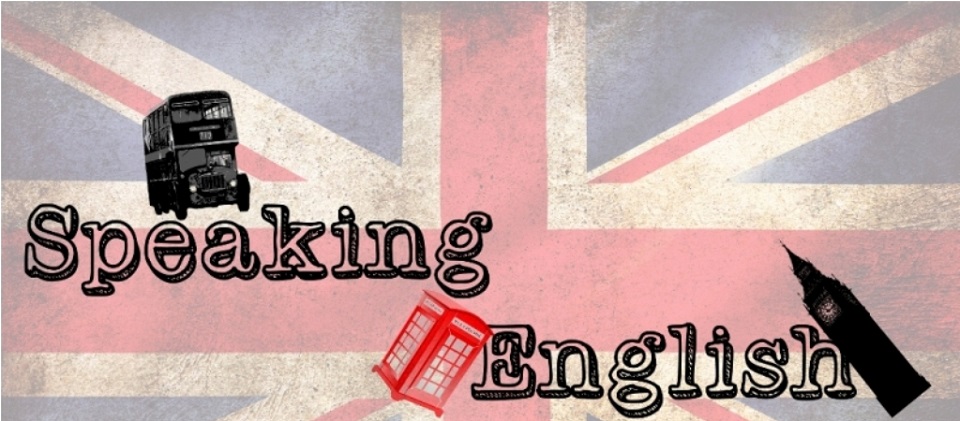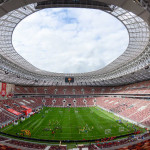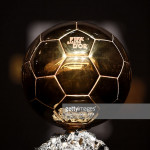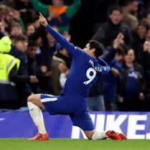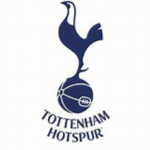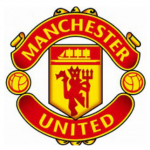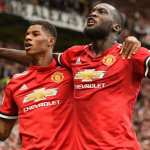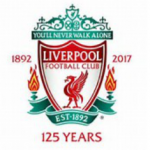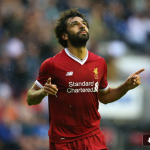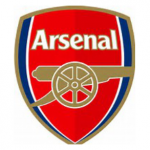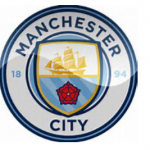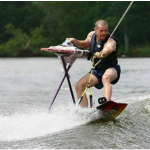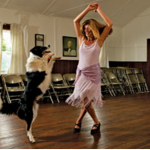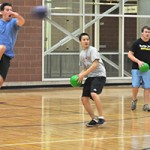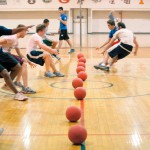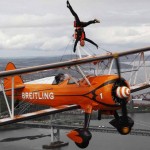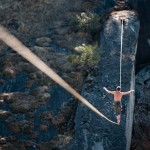By Charalabos Papagiannopoylos and
Andonis Pitsios
The Premier League is England’s football first division and has been named as one of the best, most competitive and also richest leagues in the world. The summer transfer window gives Premier League clubs the chance to sell and purchase players ahead of the new season to strengthen their squad. So we are going to analize the biggest transfers of the summer of 2017 of the Big Six. The Big Six is a group of the six most historical English clubs.
Chelsea
Starting of with the champions, Chelsea wanted to strengthen their squad’s deapth as the club would have more games than last season due to the qualification in Champions League. To do that they signed with Tiemoue Bakayoko, a midfielder that helped his team, Monaco reach the semifinals of Champions League and win the French championship (League 1).
To improve their back Line, Chelsea signed with Antonio Rudiger and Davide Zappacosta from Calcio A teams Roma and Torino.
The biggest transfer that they made was the signing of Alvaro Morata with £75 million. The young forward was playing as back up striker for Real Madrid, the championshions of Europe and Spain. But Morata wasn’t the first choice. The club tried to bring back Romelu Lukaku that was outstanding last season scoring 24 times.
The club also signed with Willy Caballero, Danny Drinkwater and Kylian Hazard, the brother of the star of the team, Eden Hazard. Chelsea also tried to sign with the Juventus left back Alex Sandro but the Italian club refused after 3 failed bids. The signing hasn’t played a big role to the team yet execpt of Morata that has 9 goals so far this season.
Tottenham Hotspur
The runner ups were very late to make their first signing. They sold Kyle Walker to Manchester City and they wanted a replacement. So they signed with Serge Aurier from the French club Paris Saint Germen. Furthermore, Spurs signed with Davison Sanchez, a very young talent from Ajax.
But there was a problem. If the star of the team, Harry Kane got injured, Tottenham wouldn’t have any replacements. To solve that problem, they signed with a very experienced striker, Fernando Llorente.
At the end of the summer they almost lost Dany Rose. The player demanded better wages and he told the SUN: “As with everyone else in my team, in my opinion, I am worth more than I am getting. Rose also demanded Tottenham to sign with players he didn’t “have to google”.
Manchester United
Manchester United wanted to turn things up as the historic club finished 6th last season. First, they sold their legend, Wayne Rooney to his first club Everton, a decision that didn’t spread happiness to Man United fans.
But the club strengthened his forward line a lot with the signing of Romelu Lukaku for £75 million and Zlatan Ibrahimovic. The Sweedish veteran had a very bad injury last year but he came back so quickly that the doctors were shocked.
Moreover, they signed with Nemanja Matic, a midfielder from Chelsea that helped his country reach the final phase of the World Cup in Russia. Last, they signed with a young center back from the Portuguese championshions, Benfica with the name Viktor Lindelof.
The club is currently second and Matic is playing well but there has been a lot of critisisim surounding Lukaku and Lindelof.
Liverpool
From one historic club to another, Liverpool had many things to prove after qualifing for Champions League. First of all, they signed with the young Dominik Solanke. The 19-year-old had helped England’s Under 20 team win the World Cup (U-20).
Probably the best signing of the summer, Mohamed Salah joined Liverpool for only £35 million. The Egyptian is the first scorer of the league so far with 14 goals. At his first 3 months with Liverpool Salah has won the award of the best player in Premier League in November, best African player and single handedly made the Pharaohs reach their first World Cup finals since 1990 with an emotional last minute penalty.
At dedline day (the last day of the transfer window) ,Liverpool surprisingly signed with Alex-Oxlade Chamberlin for £40 million! The signing was one of the worst of the window because the player only scored only 1 goal this season.
Arsenal
Arsenal didn’t make so many signings as other years. After selling Kieren Gibbs to West Brom, the club wanted a new left back so they signed with Sead Kolasinac from Schalke.
After scoring 37 goals in all competitions for Lyon Alexander Lacazette was ready to get his move to a bigger club. So Arsenal signed him for £46 million. Since then, he has found the net 8 times in the League.
Manchester City
Last but not least, Manchester City is 1st on the leaderboard for the 2017-18 season so far and it seams that they are going to win the League because not only are they unbitten ,but they have won every game they played so far.
First of all, Man City’s first signing of the summer was Bernardo Silva from Monaco. Man City needed to strengthen their defence so they signed with Kyle Walker from Tottenham, Danilo from Real Madrid and Benjamin Mendy from Monaco. Along with John Stones, Manchester City has now the most expensive defence of all time. Moreover, they needed a new goalkeeper so they signed with Ederson that played for Benfica.


Bibliograpy
https://www.premierleague.com/
https://en.wikipedia.org/
http://www.gazzetta.gr/
